Central Mix Concrete Plant
Oct 27, 2025
A central mix concrete plant is a complex device used for large-scale concrete production. It utilizes automated control systems to precisely meter, mix and transport raw materials. It is widely used in infrastructure construction, such as buildings, roads and bridges.
Core Functions of Central Mix Concrete Plants:
By centralizing concrete production, the concrete central mix plant replaces traditional decentralized mixing methods, significantly improving production efficiency (single-unit production capacity can exceed 180 cubic meters per hour), ensuring mix accuracy (metering error ≤ 1%), and reducing labor costs. Its core functions include:
- Standardized production: Strict adherence to mix design ensures stable concrete strength, durability, and other indicators.
- Resource optimization: Reduces raw material costs and waste through large-scale procurement.
- Environmental management: Integrated dust treatment and wastewater recycling systems reduce pollution emissions.
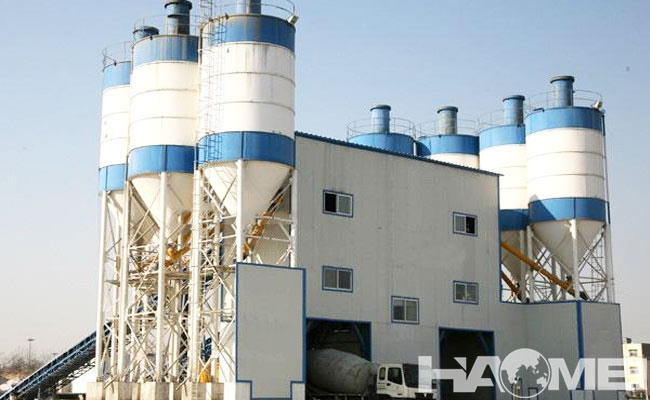
System Configuration of Central Mix Concrete Plant:
- Batching system:
Includes an aggregate silo (3-5 hoppers for graded storage), a powder silo (cement, fly ash, etc.), and a liquid metering tank, using electronic scales for precise weighing.
- Conveying System:
Aggregates are conveyed via belt conveyors or bucket elevators, powdered materials are transported via screw conveyors, and water and admixtures are pumped to the main mixer.
- Mixing System:
Forced concrete mixers (such as twin-shaft models) are the mainstream, with mixing times shortened to 60-90 seconds and a uniformity coefficient of ≥95%.
- Control System:
A central control room based on the Internet of Things (IoT) monitors equipment operating parameters in real time, supports remote operation, and provides fault warnings.
Typical Production Process of Central Mix Concrete Plant:
Raw Materials → Measuring → Conveying → Mixing → Discharging → Transport (Concrete Tanker). For example, aggregates are conveyed to the collection hopper via a belt conveyor, powdered materials are transported to the weighing hopper via a screw conveyor, water and admixtures are pumped in, and after mixing, the mixer completes the mixing process. The finished product is then loaded into a tanker through the discharge port.
Environmental Protection Measures of Central Mix Concrete Plant:
1. Dust Control
- Fully Enclosed Structure: The aggregate storage yard and concrete mixing plant are sealed with steel structures and equipped with an automatic sprinkler system to reduce dust emissions.
- High-efficiency dust removal equipment: A pulse bag dust collector with a dust collection efficiency of ≥99% is installed on the top of the powder silo. A dust hood is installed at the main mixer discharge port to reduce fugitive emissions.
2. Wastewater and Waste Residue Treatment
- Three-stage sedimentation system: Wastewater from tanker and mixer cleaning is separated in a sand and gravel separator. The sand and gravel are reused in production, and the wastewater is recycled after sedimentation, achieving zero emissions.
- Waste Residue Resource Utilization: The separated slurry is dehydrated through a filter press to form cakes, which can be used as raw material for brick making or roadbed filler.
3. Green Technology Application
- Energy-saving equipment: Permanent magnet synchronous motors and variable frequency control systems are used to reduce energy consumption by 15%-20%.
- Low-carbon materials: Industrial solid waste such as slag powder and fly ash are promoted as partial cement substitutes to reduce carbon emissions.
Safety Management of Central Mix Concrete Plant:
- Equipment Protection:
Safety shields are installed on mixers, conveyors, and other equipment. The powder silo is equipped with overpressure protection devices and lightning protection facilities.
- Operational Standards:
Implement "three violations" (illegal command, operation, and labor discipline) control, and conduct regular emergency drills (such as fire and collapse simulations).
- Transportation Safety:
Tanker trucks are equipped with GPS positioning and unloading monitoring systems. Overloading is strictly prohibited, and tanks must be cleaned after unloading to prevent concrete from solidifying.
Site Selection and Layout Principles
1. Convenient Transportation: Located near main roads or dedicated docks, with a transportation radius within 15-20 kilometers (on ordinary roads) or 50 kilometers (on highways) to reduce logistics costs.
2. Resource Guarantee: Located near sand and gravel yards and cement plants to reduce raw material transportation losses.
3. Environmental Compliance: Located away from residential areas (safety distance ≥ 200 meters) and drinking water source protection areas, with industrial parks being the preferred location.
4. Land Conservation: Large scale concrete mixing plants must comply with national land space planning and land use quota standards.
Through technological innovation and standardized management, central mix concrete plants have become a vital pillar of the modern construction industry. Its development direction is characterized by "intelligence, greenness, and modularization." Further improvements in resource utilization efficiency are needed to drive the industry's transition to a low-carbon, circular economy. Companies should closely monitor policy developments and increase investment in technological research and development to meet the growing market demand for high-quality, sustainable concrete.








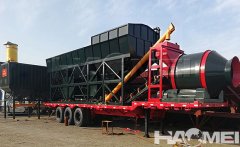
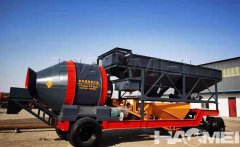
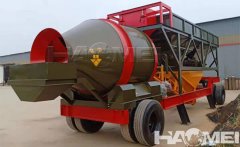
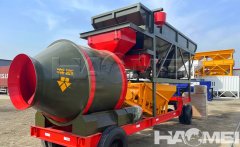
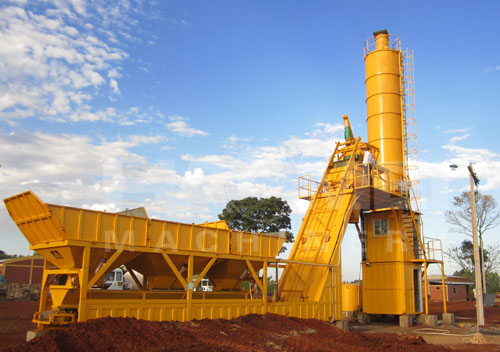
 (Chat Online)
(Chat Online)




